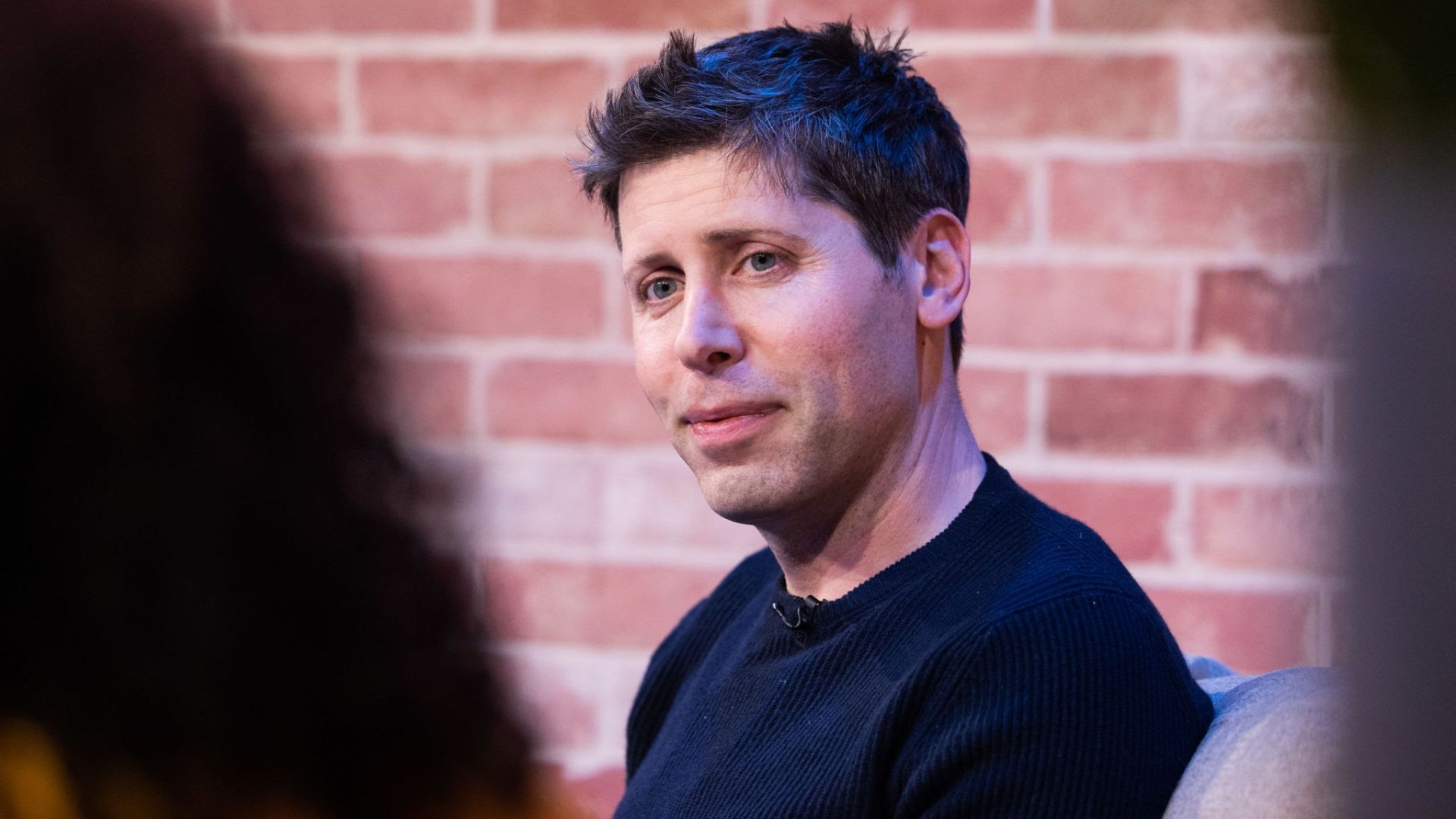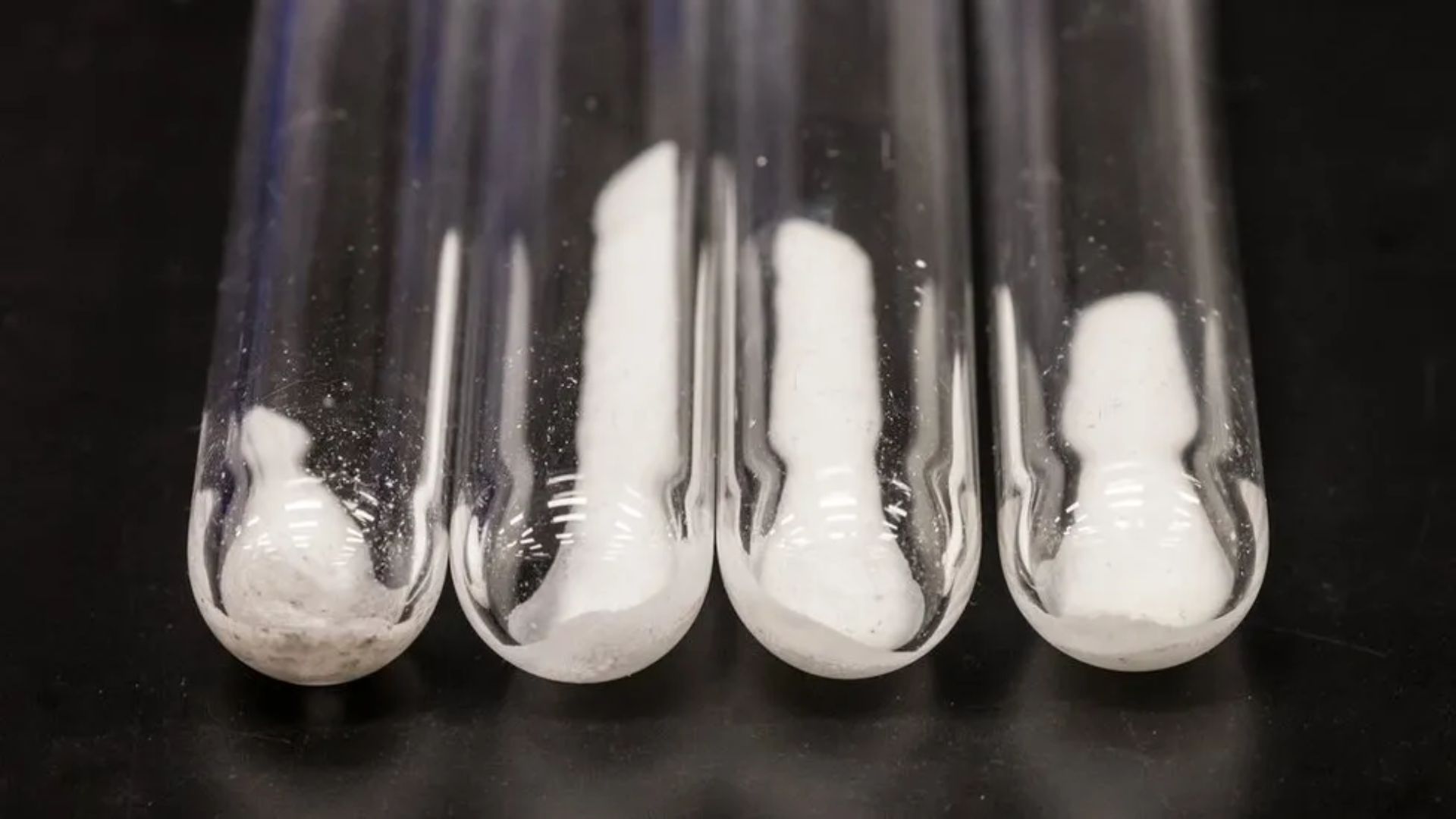OpenAI's Sam Altman shares a 'holy grail' solution for ChatGPT's power-hungry demands, but researchers say it's 'wishful thinking' and it won't "be ready until the latter half of the century"
OpenAI CEO Sam Altman says there's a clear solution and answer for the AI power concerns — nuclear fusion.

What you need to know
- Generative AI is resource-hungry, raising power, water, and funding concerns.
- OpenAI CEO, Sam Altman, recently suggested that nuclear fusion is the clear solution for the power concerns revolving around the technology.
- Scientists and researchers don't seem to resonate with the idea, citing "too late to deal with the climate crisis" and we're better off looking at fission and renewable energy as plausible alternatives.
- They also indicated that we don't have the technological muscle to explore nuclear fusion as an alternative.
The emergence of generative AI and its rapid adoption worldwide has enabled people to explore new opportunities and untapped potential in key areas. Some of the benefits of the technology can already be seen across medicine, education, computing, and more. But this isn't to say that the technology hasn't encountered major roadblocks and bottlenecks.
Ai-powered chatbots like Microsoft Copilot and OpenAI's ChatGPT have been riddled with several challenges, including lawsuits for copyright infringement, circulating misinformation, lack of interest from users, and more. But perhaps some of the main challenges preventing generative AI from realizing its main potential include the exorbitant costs of running chatbots which can get as high as $700,000 per day, the high demand for cooling water (one water bottle per query), and of course the high electricity demand.
It's reported that generative AI would have consumed enough energy to power a small country for a whole year by 2027. Building on the same premise, Elon Musk says there won't be electricity to power AI by 2025 despite being on the verge of the biggest technology revolution.
Interestingly, OpenAI CEO Sam Altman says there's a clear solution and answer for the AI power concerns — nuclear fusion (via CNN World). This isn't the first time Altman has pointed to nuclear fusion as the clear solution for the "resource-hungry" technology, potentially indicating that it might be an avenue OpenAI is considering exploring as an alternative power source.
Why is nuclear fusion being considered as an alternative source for power?

Nuclear energy is a form of energy that comes from atoms. Atoms contain a lot of energy which can be harnessed and used as electricity. You can achieve this through nuclear fusion or nuclear fission. In general, radioactive material is superheated and combined with water to produce plumes of steam, which then power turbines.
It is often touted as an alternative to traditional carbon-emitting fossil fuels, since water vapor is the primary by-product of nuclear power generation. However, some countries are skeptical. Microsoft has already shown interest and partnered with Helion. It's reported that Helion is expected to start generating nuclear energy through nuclear fusion by 2028, and is currently training LLMs to help speed up the regulatory process for nuclear projects.
Nuclear fusion is a great alternative, but we're not ready to explore it yet

Speaking to CNN, Alex de Vries, a data scientist and researcher at Vrije Universiteit Amsterdam referred to Altman's solution for AI's resource-hungry requirements as “wishful thinking,” further stating:
Get the Windows Central Newsletter
All the latest news, reviews, and guides for Windows and Xbox diehards.
“It would be a lot more sensible to focus on what we have at the moment, and what we can do at the moment, rather than hoping for something that might happen."
Nuclear fusion might be the perfect answer to most challenges riddling the AI landscape, owing to its almost 'non-existent' impact on the environment. However, researchers say recreating the conditions to make this solution a possibility is a huge challenge. "Fusion is already too late to deal with the climate crisis," according to Aneeqa Khan, a research fellow in nuclear fusion at the University of Manchester in the UK.
Instead, researchers say it's better to explore other plausible options like fission and renewable energy, which also sport a low-carbon footprint. However, the main challenge with this approach is finding enough renewable energy to match generative AI's exponential growth amid the rising demand for power to facilitate other technological breakthroughs.
MORE ON OPENAI

Kevin Okemwa is a seasoned tech journalist based in Nairobi, Kenya with lots of experience covering the latest trends and developments in the industry at Windows Central. With a passion for innovation and a keen eye for detail, he has written for leading publications such as OnMSFT, MakeUseOf, and Windows Report, providing insightful analysis and breaking news on everything revolving around the Microsoft ecosystem. While AFK and not busy following the ever-emerging trends in tech, you can find him exploring the world or listening to music.
-
naddy69 Are these people insane? Wouldn't it be easier AND cheaper AND more energy-friendly AND safer to just dial back these absurd "AI" dreams? $700,000 a day to power something that is basically a toy, NOT including electricity? Water cooled?Reply
All so people can get a wrong answer to a question AND violate copyrights at the same time?
This stuff is nowhere near ready for mass use. We absolutely do not need more nuclear power plants. They are absurdly expensive and take many years to be built and come online. By that time the whole "AI" fad will be long since over.
